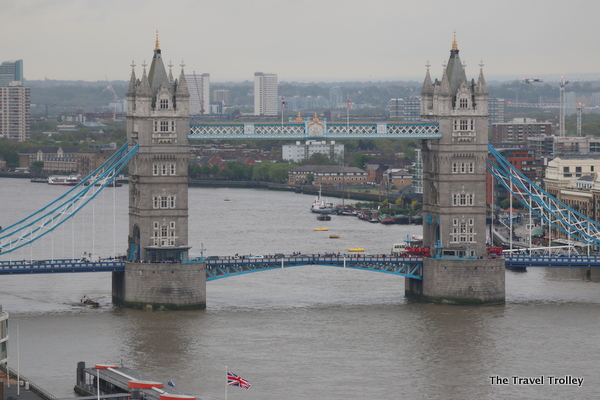LONDON — Samuel Johnson once famously said: “By seeing London, I have seen as much of life as the world can show.”
While he uttered the words more than 240 years ago, his sentiment rings as true today as it did in 1773. To be sure, London is a truly world-class city with something for everyone from fashion to art to history, and a visitor’s time in London is all but guaranteed to be too short.
Therefore it’s no surprise that Johnson — better known as Dr. Johnson, a linguist, lexicographer and author of “A Dictionary of the English Language” — four years later said: “You find no man, at all intellectual, who is willing to leave London. No, Sir, when a man is tired of London, he is tired of life; for there is in London all that life can afford.”
London’s culture and sense of being is built on history. There is nary a corner of the city that doesn’t hold a great story and serve as the backdrop of some great event that helped shaped not only London and England, but the world at large, for in many ways the history of London — and frankly, that of England — is the story of the world.
The city has continued to re-invent itself for centuries. London is continually adding new layers of culture to its robust heritage, and that is helping to attract more and more tourists to this one-of-a-kind destination.
Founded more than 2,000 years ago by Brutus of Troy after he defeated the incumbent giants Gog and Magog — at least according to 12th century historian Geoffrey of Monmouth — London was a major city during the Roman Empire. The Romans founded Londinium following their invasion of Britain in 43 AD.
A new era in British history began in 1066 with the Norman invasion of Britain. Under William the Conqueror, new forts cropped up, including the now famous Tower of London, which traces its origins to the construction of White Tower in 1078.
